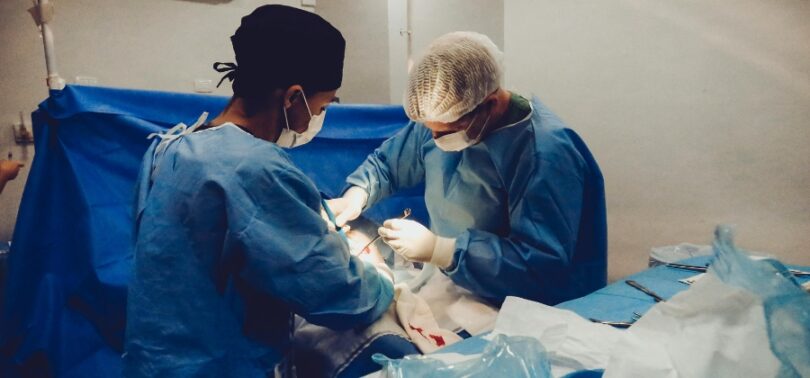You may choose a surgery with greater confidence if you are aware of its potential risks. To help older people prepare for the possibility of unfavorable consequences, a team of researchers came up with a list of 277 dangerous operations.
The researchers discovered that elderly individuals had difficulties following six operations in particular.
Below, we go over these processes in detail.
Adrenal Gland Removal
The removal of one or both adrenal glands is known as an adrenalectomy. Even though these glands generate hormones that are essential for performing everyday biological processes, hormone production can occasionally rise when a tumor develops in the glands. When this occurs, the gland(s) needs to be removed.
A Cleveland Clinic survey states that this operation typically requires a two- to six-week recovery period and that the risks associated include blood clots, infections, and high blood pressure.
Removal of Plaque Buildup from the Carotid Arteries
Plaque accumulation inside a carotid artery in your neck is removed during a carotid endarterectomy treatment. When people exhibit signs of decreased blood flow, this operation is performed to restore blood flow to the brain. A carotid endarterectomy often prevents a stroke by removing obstructions that might cause one.
The National Heart, Lung, and Blood Institute lists clotting, stroke, and death as possible hazards associated with this procedure. However, these risks can be decreased by using anti-clotting medications both before and after a carotid endarterectomy.
Arm Blood-Vessel Replacement
Blood artery replacement in the arm, sometimes referred to as peripheral vascular bypass surgery, increases blood flow when one or more of the arteries become restricted or obstructed. In this procedure, the injured blood vessel is replaced by a blood vessel from another area of your body or a synthetic blood vessel.
The risks of this surgery might include an abnormal heartbeat, infection, and death, according to the Summit Medical Group.
Abdominal Vein Resection or Replacement
A part of the injured tissue in the abdomen may need to be excised or replaced when a blood vessel causes tissue injury. Complications may include pulmonary embolism, infection, and excessive bleeding, according to John Hopkins Medicine.
Varicose Vein Removal
When the veins’ valves don’t work properly, varicose veins develop in the legs. The excision of varicose veins may be advised by your doctor if you are in discomfort, have blood clots, or are bleeding. Risks associated with this surgical technique include nerve damage, significant bleeding, and infection.
High Gastric Bypass
With gastric bypass weight reduction surgery, the way your stomach and small intestine process food is altered. For this treatment to be performed, several requirements must be satisfied, and there are significant risks and potential consequences. These include undernutrition, stomach or intestinal perforations, and dumping syndrome (also known as when food is “dumped” into the small intestine directly from the stomach pouch without being digested).


